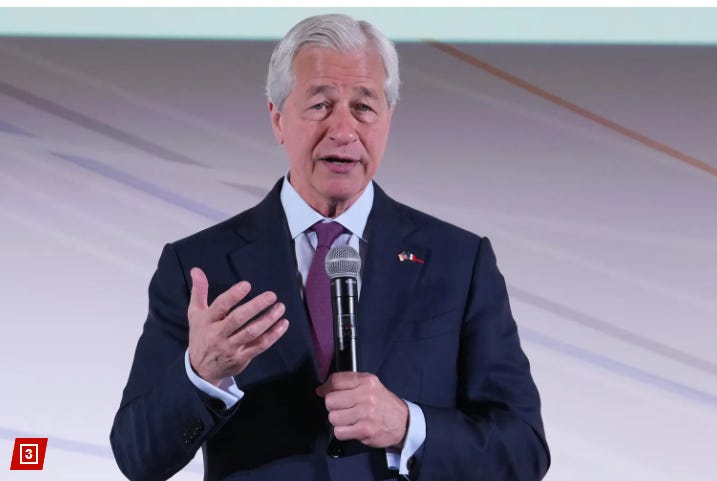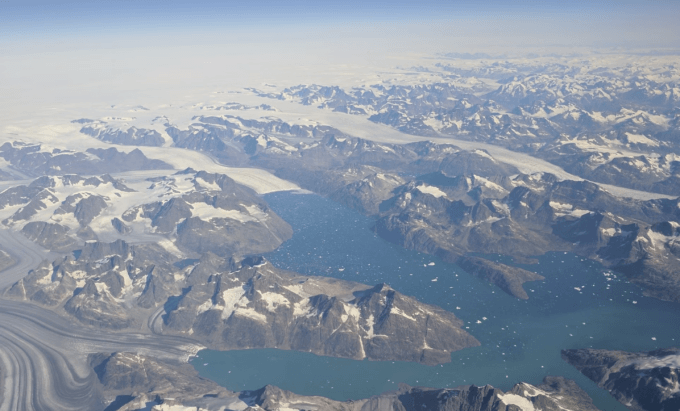








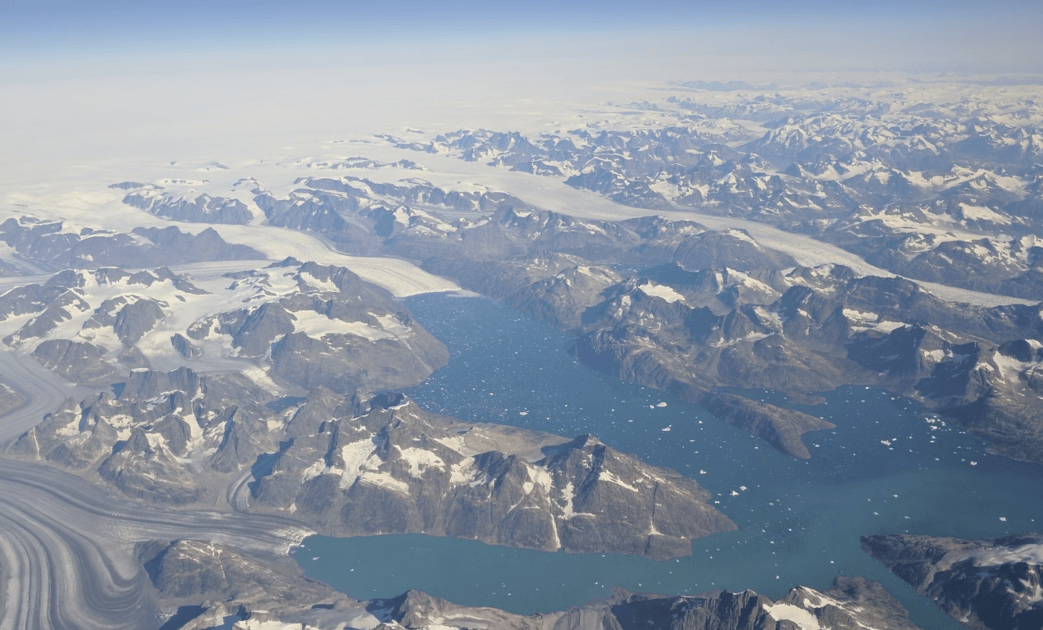




















































The clean energy transition that the Biden administration touted as the focus of its industrial policy required large amounts of mineral inputs. Batteries for electric vehicles depend on lithium, solar panels contain gallium and molybdenum, and powerful magnets in wind turbines can’t be built without rare earth elements. Biden’s landmark legislation, such as the 2022 Inflation Adjustment Act, effectively resurrected industrial policy in the United States but this time on the basis of a shift away from fossil fuels.
Donald Trump, since taking office in early 2025, has swung U.S. policy back again toward oil, gas, and coal. But the Trump administration is no less interested in securing access to minerals. After all, the same “critical minerals” necessary for the Green transition are coveted by the Pentagon for use in nearly all high-tech weapon systems. The United States depends on foreign sourcing for nearly all of these mineral inputs. And the country that controls the lion’s share of these resources—as well as the processing of them—is China. The Pentagon is particularly uncomfortable with China’s potential to hold major U.S. weapons systems hostage.
Two regions that have figured prominently in Donald Trump’s mineral ambitions are Ukraine and Greenland. These two areas, one a country at war and the other a semi-autonomous possession of Denmark, couldn’t be more different. Greenland is the world’s largest island. Covered mostly with ice, it has a population of fewer than 60,000 people. Ukraine has a smaller land mass but is a major industrialized country and a top agricultural producer, with a current population of about 37 million people.
From Donald Trump’s point of view, the two regions share a key attribute: they are, in the lexicon of Wall Street, assets ripe for a takeover. Ukraine has been weakened by Russia’s 2022 full-scale invasion and has come to rely heavily on U.S. military assistance and intelligence. Greenland, without a military of its own, has been angling for independence from Denmark.
During his first 100 days in office, Trump spoke of acquiring Greenland and didn’t rule out a military intervention. With Ukraine, the U.S. president complained that the country was taking U.S. weapons without giving back anything in return. In one of his classic transactional moves, Trump proposed that Ukraine pay its “debt” with the mineral resources beneath its soil.
Trump’s interest in both regions is not purely mineral.
“When President Trump has said several times now that the United States is going to get Greenland one way or another, it’s not always clear what the primary driver is,” explains Klaus Dodds, “At times, for example, we’ve been told it’s on the basis of international security. On other occasions, minerals and energy security have been explicitly cited. Actually, what perhaps was underpinning all of this was a desire to make sure that China never established any kind of economic, political, infrastructural foothold in Greenland.”
As for Ukraine, the agreement over minerals that was finally reached at the end of April didn’t ultimately contain a provision requiring Ukraine to pay down its “debt” with minerals. Rather, it spelled out in vague detail how the sale of the country’s minerals—and other natural resources like fossil fuels—would go toward economic development under the joint supervision of the United States and Ukraine. The Trump administration also hoped the deal would be a preliminary step in reaching a ceasefire in the fighting between Russia and Ukraine.
From Ukraine’s point of view, however, the agreement has some problematic elements. “There is nothing in this agreement regarding the contribution of the United States in the form of investment in a fund for the reconstruction of Ukraine,” explains Volodymyr Vlasiuk. “Also, there is nothing in this agreement about Ukraine capturing the maximum value of the minerals extracted in the territory of Ukraine.”
As both president and businessman, Donald Trump is using the power of his company (the United States) to strong-arm weaker partners into lopsided agreements. In Greenland’s case, he is even considering a hostile takeover. As Dodds and Vlasiuk explained at a Global Just Transition webinar in early May, U.S. policy has as much to do with the acquisition of valuable minerals as it does with the U.S. effort to achieve a geopolitical edge, primarily over China.
U.S. Policy toward Greenland
The United States has a longstanding military relationship with Greenland that dates to 1941 when, after Nazi Germany occupied Denmark, Washington sent troops to the island to construct air bases and weather stations. A decade late, a 1951 treaty gave Washington the formal right to build military bases there and move around freely as long as it gave notice to both Greenland and Denmark. The United States currently maintains the Pituffik airbase—previously Thule—that serves as an early-warning system for missile attacks. After a jet bomber carrying four nuclear bombs crashed onto the ice in the northern part of Greenland in 1968, it was revealed that the United States was also using the Thule base as part of its nuclear strategy, with tacit Danish consent.
Geopolitics and minerals were a dual priority from the beginning. “During the Second World War and in the early years of the Cold War, the United States was well aware of the strategic resource potential of Greenland,” Klaus Dodds points out. “And that partly explains why Harry Truman offered to purchase the island in 1946. At that time, the interest was largely in cryolite, which was essential to the manufacture of aluminum.”
A mining operation in Ivituut, the largest source of naturally occurring cryolite, sent 86,000 tons of the mineral to the United States and Canada in 1942. The mine closed in the mid-1980s. Much of the wealth from the sale of cryolite ended up in Denmark, which remains a point of tension between the island and the Danish government.
But that conflict pales in comparison to the disruption that Donald Trump has caused, first with his stated desire during his first term to buy the island, and then with his continued threats to acquire Greenland when he returned to power in 2025. In both cases, he has been rebuffed by both Denmark and Greenland.
Again, minerals seem to be of great interest to Trump, in this case the promise of critical minerals, including rare earth elements. According to a Danish study, the island has 31 of the 34 minerals identified by the EU as critical.
But accessing those minerals will not be easy. “There’s a long history of mining and extraction in Greenland,” Dodds explains. “If President Trump thinks that critical minerals or rare earths are going to be exploited at some point during his second administration, he’s likely to be disappointed. Mining, particularly in remote, challenging areas, is a long-term project. And Greenland is a textbook example of why these things are challenging, why they’re often expensive, and why also politics can complicate things.”
Greenland offers a number of physical challenges. It is very cold, and sites might be accessible only part of the year, depending on location. The mines are likely to be remote, and there isn’t much in the way of infrastructure to access those mines. There is a skills shortage as well on the island.
Then there’s the bureaucracy. “If you look at the experience of licensing, which the government of Greenland is very much in control of, the vast majority of companies and entities that have taken up some kind of license have ended up being disappointed,” Dodds adds. “That’s true of oil and gas. That’s also true of other minerals.”
Greenland currently only has two operational mines. Companies have invested in other mines, and some have spectacularly failed, like the effort of the Australian outfit Energy Transition Minerals that, with Chinese investors, plowed $100 million into a rare earth element mine. Because these minerals are often intermingled with uranium, community opposition to the environmental consequences of this particular enterprise led the government to pull the plug. The company is now suing either to get approval to resume operations or to get compensation to the tune of four times Greenland’s annual GDP.
Many Greenlanders want independence from Denmark, a trend that Trump seems to want to exploit. “If Greenland were to become independent, many Europeans will worry that the United States will try to shape that independence or make sure that it becomes an independent island state under very, very close U.S. supervision,” Dodds points out. Meanwhile, Greenland retains a lot of autonomy short of independence, “and government ministers there have continued to stress that Greenland is open for business and that openness does not necessarily preclude Beijing. So, I predict that American pressure on Greenland and Denmark will continue.”
U.S. Policy toward Ukraine
Donald Trump spent a lot of time on his presidential campaign complaining about all the weapons the Biden administration was supplying Ukraine in its conflict with Russia. As president, Trump became fixated on getting Ukraine to pay off the “debt” it had supposedly accumulated from these deliveries of arms. When apprised of Ukraine’s mineral wealth, he began to push Ukraine to sign a deal that would deliver to the United States at least some of the profits from those extracted minerals.
Ukraine holds as much as 5 percent of the world’s supply of critical raw materials, though what is known about Ukraine’s mineral wealth comes largely from Soviet-era geological exploration. It’s one of the top five countries in terms of its graphite deposits, and it contains one-third of Europe’s lithium. It also has significant amounts of titanium and rare earth elements. According to Forbes Ukraine, the total value of this mineral wealth is nearly $15 trillion.
“We have to be very careful about such a figure,” Volodymyr Vlasiuk pointed out. “This is the whole value of all the deposits of all the minerals in Ukraine. The value of critical minerals is much less than this.”
Vlasiuk divides these critical minerals into three categories: for batteries (lithium, graphite, manganese), for semiconductors (gallium, germanium, metallic silicon), and for strategic construction (titanium, zirconium, hafnium, vanadium). Ukraine has a significant portion of these materials: in the case of both lithium and graphite, for instance, Ukraine has roughly 4-5 percent of the world reserves.
All these minerals add up to a lot of potential money. The first group, Vlasiuk estimates, is worth about $200 billion, the second about $44 billion, and the last about $12 billion. Together, that adds up to about $250 billion—a considerable figure, but considerably less than $15 trillion. Also, some of the deposits are in the Russian-occupied territories of Donetsk and Luhansk provinces.
Three factors make Ukraine’s deposits appealing, not just to the United States but to the European Union and to China. The resources are available in good quantities and of sufficient quality for industrial processing. Because of Ukraine’s infrastructure—transportation, energy—the deposits are relatively easy to access (at least, those not in the occupied territories). “We can get easy access to these deposits, maybe by constructing 5-10 kilometers of road or adding a few kilometers to the electricity grid,” Vlasiuk added. “This is in contrast, for instance, to Siberia or Greenland.”
Finally, Ukraine offers minerals at a competitive cost and the mining projects will be economically efficient.
But processed materials are worth a great deal more than raw materials. If Ukraine produces semi-finished products with these minerals, it could boost the total value to $678 billion, Vlasiuk estimates. Meanwhile, finished products would yield nearly $1.4 trillion. Ukraine is already involved in the production of electrolytes, separators, and graphite rods for electric smelting furnaces, and could supply the nearby European Union. “So, it’s very important to capture the value added through this downstream process,” he concludes.
But much depends on the recent agreement signed with Washington and the resulting United States-Ukraine Reconstruction Investment Fund. The Ukrainian parliament approved the deal unanimously—but only after the objectionable sections of earlier proposals were removed. In this final version, the United States has committed to investing capital in Ukraine to build up the extractive sector—including gas and oil—and all revenues for the first decade will be reinvested in Ukraine. The United States, meanwhile, gets preferential access to what’s produced.
The Role of China
Behind all of this maneuvering lies China. The United States has two primary concerns: the control that China exerts over the critical minerals supply chain and the spread of its geopolitical influence in places like Ukraine and Greenland.
“President Trump has been very clear that he thinks the United States faces an existential threat in the form of China,” Klaus Dodds notes. “Trump absolutely wants to keep China out of Greenland. Remember, Greenland did flirt with Chinese investment. There was talk at one stage about China investing in airports there and maybe even purchasing an abandoned naval station.”
Shift the focus away from minerals and toward seafood and China suddenly becomes a lot more significant. “China has next to no physical presence In Greenland, full stop,” he continues. “But the most important export of Greenland is seafood, and China is the key market. If Greenland wants to become an independent country at some point, and I believe it does, then it’s got to do two things. One is to find a replacement for the block grant, which is an annual transfer of about 500 million euros from Denmark. Second, you don’t want to alienate unnecessarily your biggest consumer of seafood.”
China is also a key partner for Ukraine. “China is the second biggest external trade partner after the European Union,” Volodymyr Vlasiuk reports. “After Russia disappeared from our radar, China became a major consumer of Ukrainian foodstuffs—wheat, corn, sunflower oil.” China has in the past offered loans to Ukraine, such as a $3 billion “loan for corn” deal in 2012 and a $15 billion loan for construction in 2015. During the current war, however, China has focused on partnering with Russia, though it also remains poised to be part of Ukrainian reconstruction once the war ends.
“China’s a powerful country, and this creation of trade barriers by Mr. Trump is not a very good step,” Vlasiuk continues. “From the economic point of view, nobody benefits from this, including the United States. Such barriers make it difficult for countries to benefit from world trade, to achieve an economic impact from globalization.”
He adds that “it’s quite obvious that the United States and the European Union have lost time while China has made a very impressive step forward to reach these deposits and to take the control of global supply chains. China continues to look around the world for more deposits. It is very active in the Africa and the Middle East. And, of course, there is closer cooperation between China and Russia. There are a lot of Chinese workers in Russia. China is profiting a lot from buying Russian natural resources at a cheap price. Putin wants China to invest in the Power of Siberia 2 gas pipeline, but so far China has refused. But I am sure that China will use this war to reach deposits in Russia, which will make China even more powerful in controlling the value chain of these critical minerals.”
More Geopolitics
China is not the only geopolitical consideration. For Donald Trump, the acquisition of territory is an obsession. Trump considers Greenland to be integral to the U.S. sphere of influence.
“It’s worth recalling that this is a president who likes maps, globes, charts,” Klaus Dodds points out. “As everybody knows, the Mercator projection makes Greenland look even bigger than it is. It’s three times the size of Texas, but it’s probably not quite as big as Donald Trump thinks it is. Trump wants to be immortalized in U.S. history as the president who made America bigger: the Trump Purchase, if you will.”
The Cold War pitted two superpowers in a race for resources around the world, particularly in the Global South. Today, this tension is being replayed by the United States and China. “To a certain extent, there’s a certain sort of deja vu to all of this,” Dodds continues. “The names change, but the impulse remains the same: to create ‘supply chain resilience,’ which is the term we use nowadays. With the Kennedy administration, for instance, when it came to places like Ghana, bauxite loomed large, for aluminum smelting, which was also linked to dam construction because of the enormous amount of power and cooling required. Today, it’s the Democratic Republic of Congo where there is a scramble for influence that involves China, the European Union, the United States, and also regional actors such as Rwanda.”
On the Ukrainian side, geopolitics boils down to defeating Russia and moving closer to the European Union. The mineral agreement “gives Trump the instrument to continue to support Ukraine with military equipment,” Volodymyr Vlasiuk points out. “Without this cooperation, the risk would increase of a cessation of U.S. military aid.”
But the agreement could contain some potential pitfalls for Ukraine. The United States could still try to condition future military assistance on the delivery of an equal amount of mineral wealth as a quid pro quo. Or Washington could focus on the extraction of primary materials and discourage Ukraine from processing the ore or producing finished products, thus depriving the country of considerable value. “In terms of the operation of this fund, Ukraine and the Ukrainian people should benefit as the owners of these deposits and derive the maximum value added in Ukraine,” Vlasiuk maintains.
Also, he continues, “it’s very important that this agreement should not create any barriers for Ukrainian access to European Union. Our European Union colleagues would also like to make a win-win project in the exploration and processing of these deposits. But with this agreement, the Americans would like to take a dominant position in order to choose the most attractable deposits for future processing. So, we have a very difficult job ahead of us. We need to be careful. We would like the West and East to cooperate and for there not to be a split between democratic and not-so-democratic countries, especially in such an explosive form as on our territory. But it’s not our choice.”
Environmental and Labor Considerations
Although most pictures of Greenland feature sparkling ice, polar bears, and imposing mountain range, the Arctic is not pristine.
“When you look at ice cores taken from the Greenlandic ice sheet, what you discover is a record of traces of lead and other pollutants going back to the Roman era,” Klaus Dodds reports. “Greenland has borne the brunt in one form or another of past centuries of extraction and use of various minerals, which are trapped in Greenlandic ice. Because of melting, these pollutants are making their way through the island and into the neighboring sea.”
Then there’s the more recent history of mining. “There were lead and zinc mines in Greenland going back 50 or 60 years,” he continues. “And they are still causing pollution-like consequences, particularly in certain parts of southern Greenland. There is a legacy of toxic mining. People haven’t forgotten this, and they’re living with those consequences because in some cases those mines were not that far away from communities. So, there was a very public shift, a visceral reaction against uranium extraction in the aftermath of a longer history of unhappiness over the toxic consequences of mining.”
On the labor question, Greenland has a small population. Any significant mining operation will require foreign laborers. “This is not unique to Greenland, but it does create anxieties about importing the labor force,” Dodds notes. “Where are these people going to be staying? How are they going to be supported?”
The European Union’s environmental standards apply to Greenland (through Denmark). But they also exert influence on Ukraine, which hopes to accede to the EU as quickly as possible.
“The development of mining and processing of critical minerals is not friendly to the environment,” Volodymyr Vlasiuk points out. “Especially, for example, the processing of lithium ore in the form of spodumene concentrate. In our business plan, we mention that pollution is the costlier part of the project. But now, after seven years, we have discovered that there are much more effective technologies that ensure that this processing is less dangerous for the environment. We want to cooperate with more technologically developed countries so that they will invest as much as possible in the technology that reduces this pollution in Ukraine.”
Vlasiuk adds that Ukrainians are often well aware of environmental consequences and have mounted protests accordingly. “So, it’s very important to have political support and local support and to explain the benefits and that the pollution will not be dangerous for either health or social stability.” Ukraine, he notes, also has a skilled labor force and specialists who can do the work.
Corporate Interest
With the exception of mining corporations owned by the state—in China, Vietnam, Tanzania, Chile—private corporations are responsible for the bulk of mineral extraction around the world: BHP Group (Australia), Rio Tinto (Australia-UK), Glencore (UK), Vale (Brazil), Freeport-McMoRan (U.S.).
“Greenland in the recent past has had no shortage of companies interested in both minerals and oil and gas,” Klaus Dodds says. “Exploration licensing over the last 20-odd years has been genuinely a multinational affair: North American companies, Australian, European.” Some of those companies have included Green Rock, Amaroq, and Critical Minerals Corporation. Most recently, the government inked a deal with a Danish-French consortium to mine anorthosite, a substitute for bauxite.
“In 2021,” Dodds continues, “when the elected government of Greenland moved away from uranium mining, it left some companies rather exposed and, in at least one case, profoundly irritated by the loss of millions of dollars spent on drilling and investment.”
Corporations are also not the most reliable sources on the value of their enterprises. “This is not an island that has been lacking when it comes to mapping, surveying, and resource valuation,” he adds. “In many parts of the world, and Greenland is absolutely typical, there is a tendency on the part of commercial enterprises to engage in boosterism. When you read various estimates about what the rare earth value might be of Greenland, you might alight upon figures of $30 billion, $70 billion. I would treat this with a degree of healthy skepticism. It wouldn’t be the first time that companies have tried to talk up the value of their licenses and their investment.”
Outside corporations are also lining up to have the opportunity to access Ukraine’s mineral wealth—particularly because of the accessibility of these deposits. “Maybe I’ll not give you the concrete names of the companies,” Volodymyr Vlasiuk says, “but I can say that companies from the United States, Germany, and Japan are interested a lot in investing in Ukraine deposits. In 2013-4, both Shell and Chevron entered Ukraine to explore and extract shale gas.” The Chinese, meanwhile, have been interested in Ukrainian coal.
What hasn’t happened yet, according to Vlasiuk, is Russian exploitation of mineral resources in the occupied territories. However, in January, Russian forces occupied Shevchenko in the Donbas, home to one of Ukraine’s largest lithium deposits.
In terms of the new U.S.-Ukraine mineral agreement, it will be the International Development Finance Corporation (DFC) that will serve as the U.S. partner along with Ukraine’s State Organization Agency on Support of Public-Private Partnership. “As I understand, this financial corporation as a state entity can also invest and will have very close contact to other U.S. investors,” Vlasiuk concludes.
The post Trump Dreams of Minerals appeared first on CounterPunch.org.
This post was originally published on CounterPunch.org.

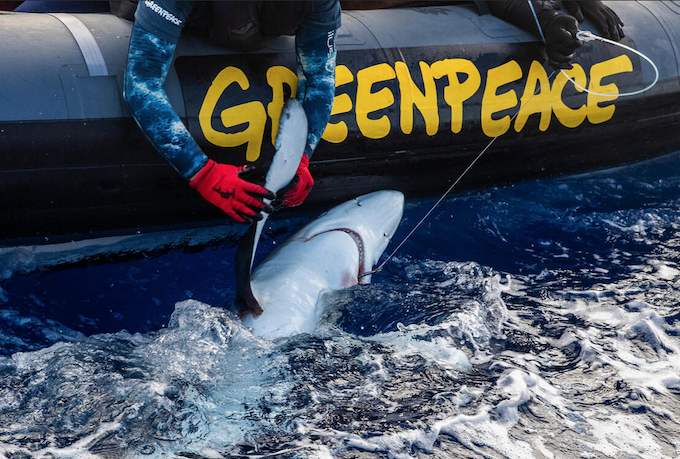
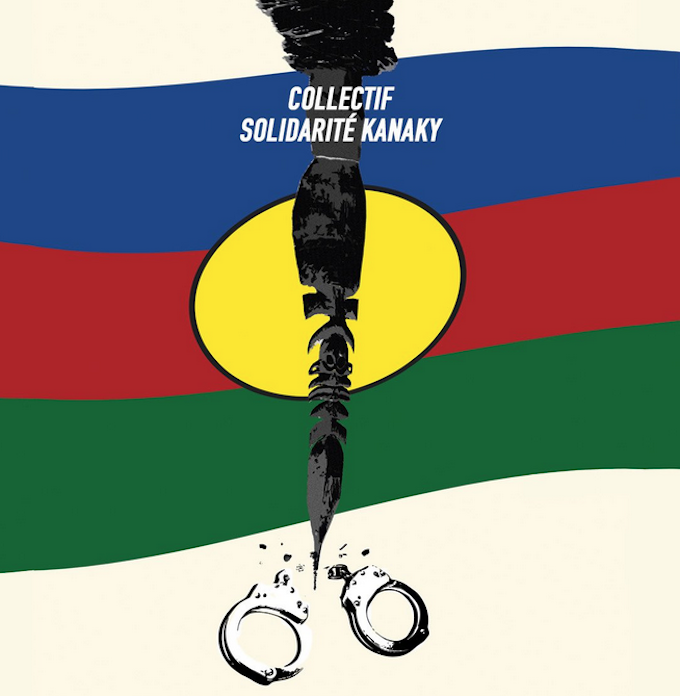





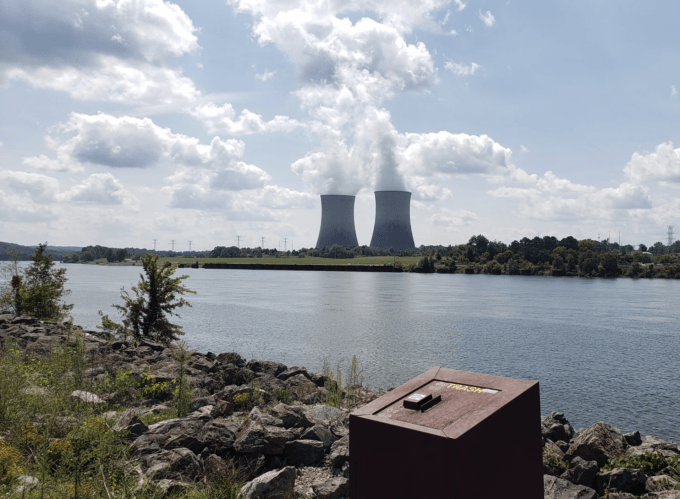
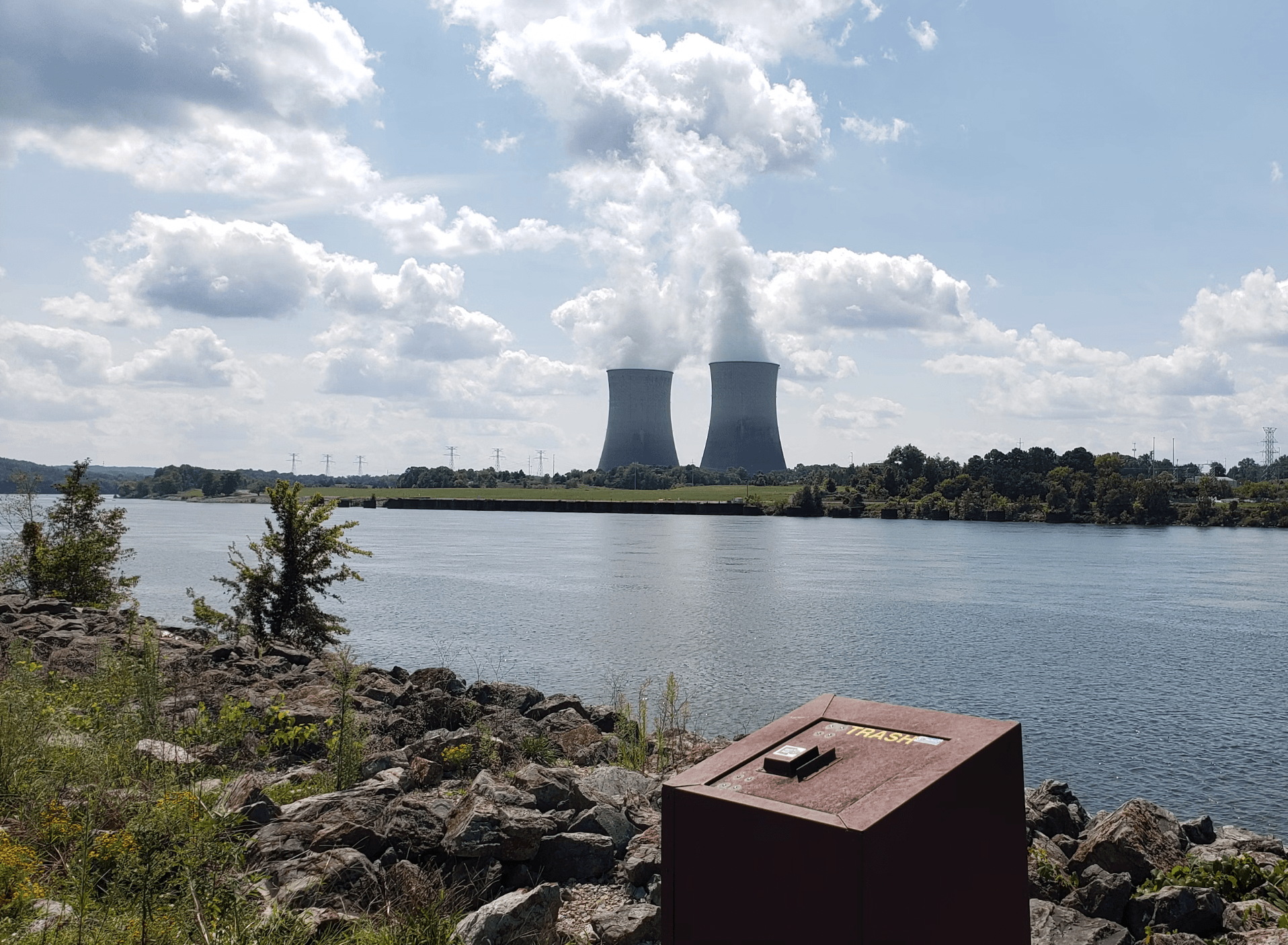
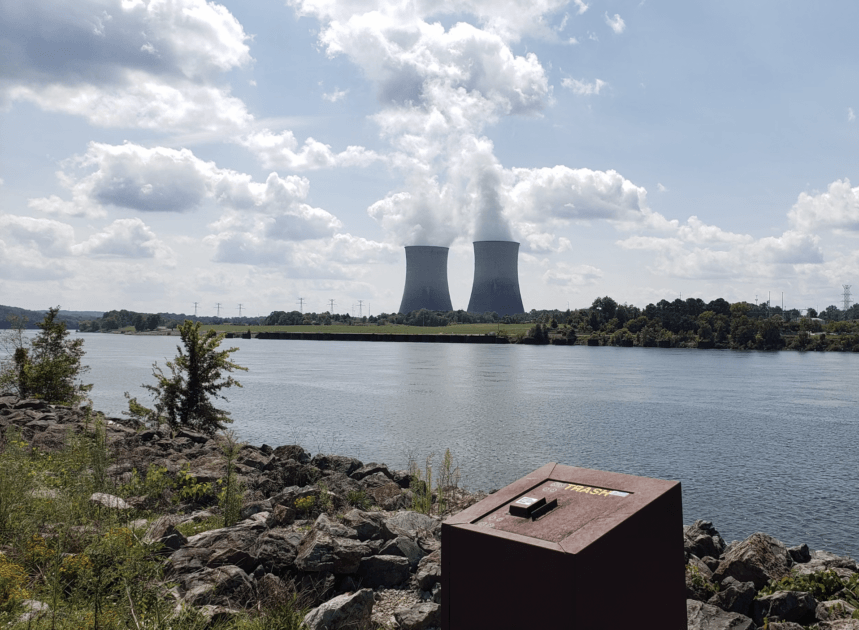


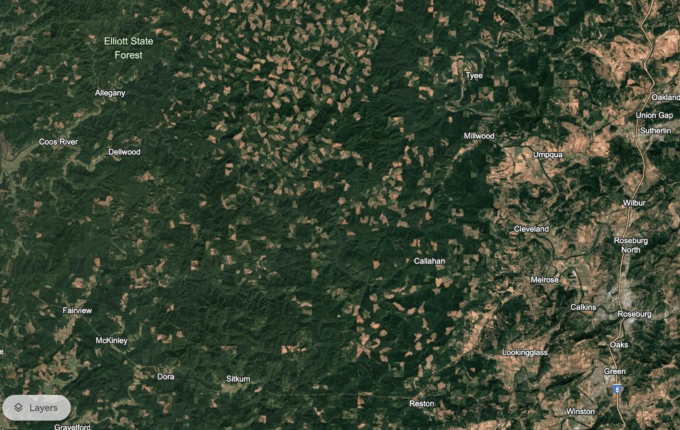

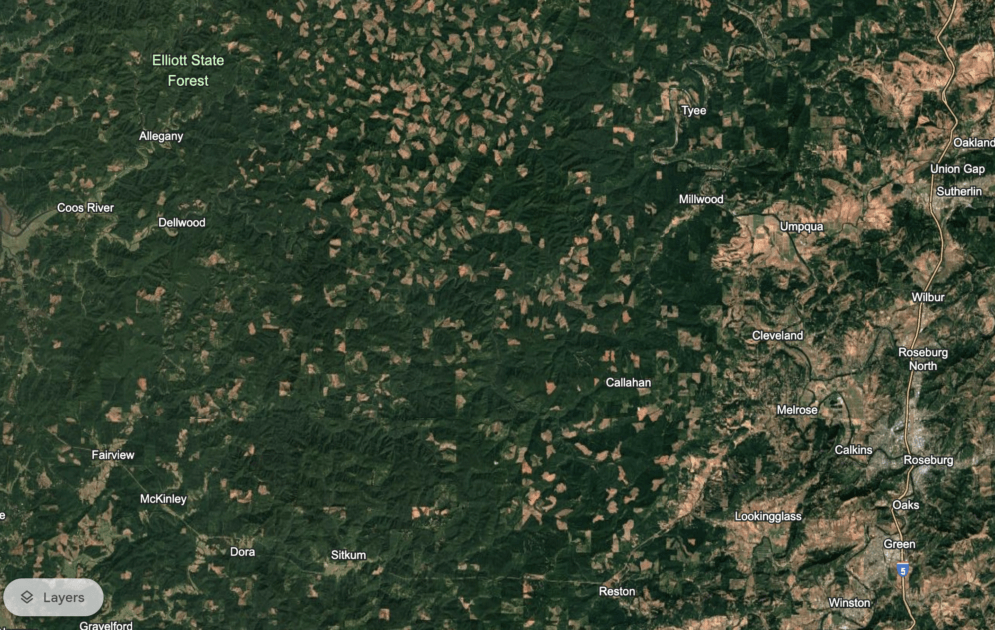


 Elly Amai
Elly Amai Pexels
Pexels Elly Amai
Elly Amai







